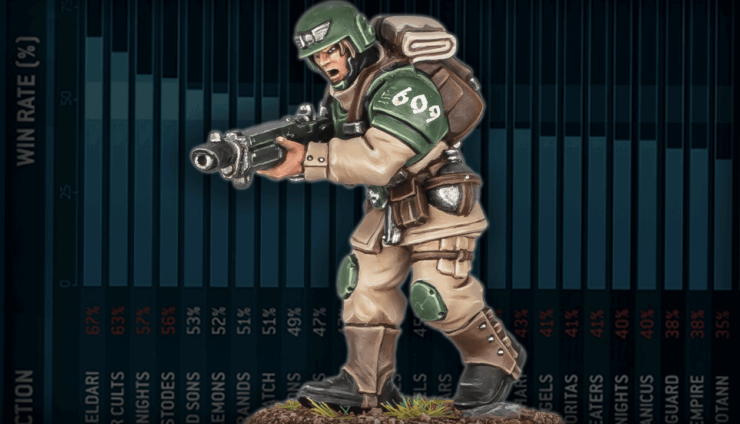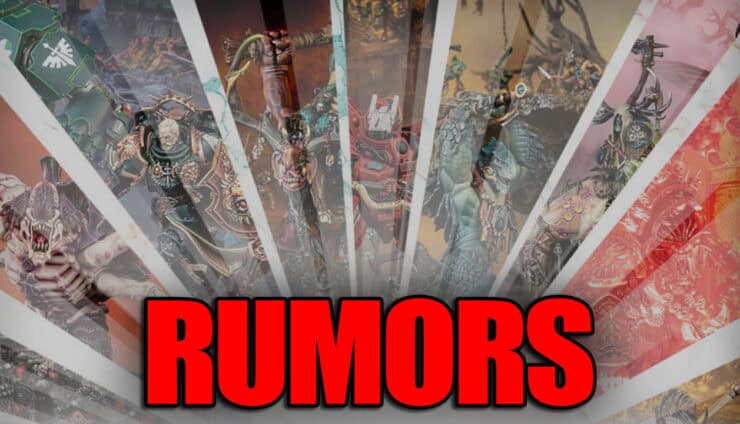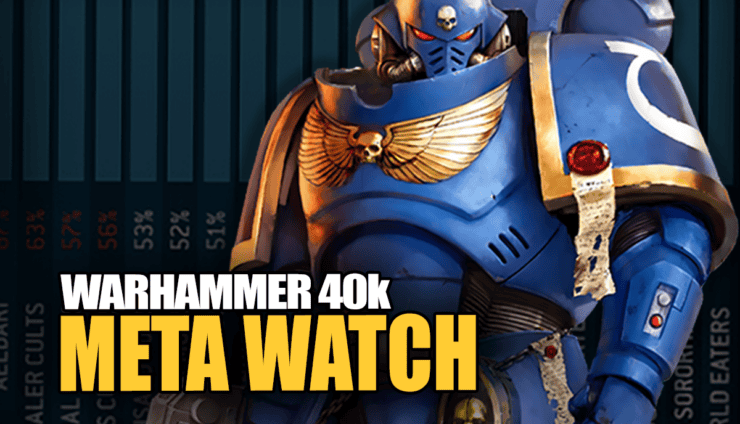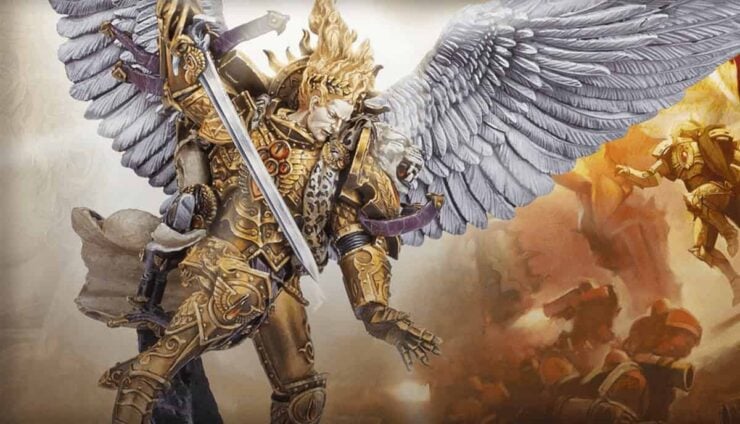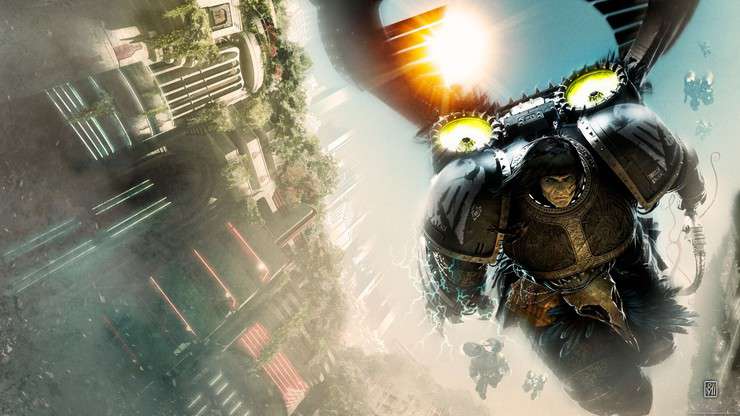 Master the art of stealth with the Raven Guard, learn how they outwit enemies, strike unseen, and dominate Warhammer 40k battlefields with precision and deception!
Master the art of stealth with the Raven Guard, learn how they outwit enemies, strike unseen, and dominate Warhammer 40k battlefields with precision and deception!
Updated January 30th, 2025, by Rob Baer with links and relevant information about the chapter.
Stealth, speed, and surgical precision—that’s the Raven Guard way. If you think Space Marines are all about brute force and head-on assaults, these shadow warriors will prove you wrong. The Raven Guard doesn’t charge in guns blazing. They stalk their prey, strike from the darkness, and vanish before the enemy knows what hit them.
In Warhammer 40K, mastering Raven Guard tactics means outmaneuvering opponents with deception, lightning-fast assaults, and a complete refusal to play fair. Want to dominate the battlefield without losing half your army in the first turn? It’s time to sharpen those covert ops skills and embrace the art of war from the shadows. Let’s break down what makes the XIX Legion the ultimate masters of stealth warfare!
The Shadow Masters of Warhammer 40K: The Raven Guard in Action
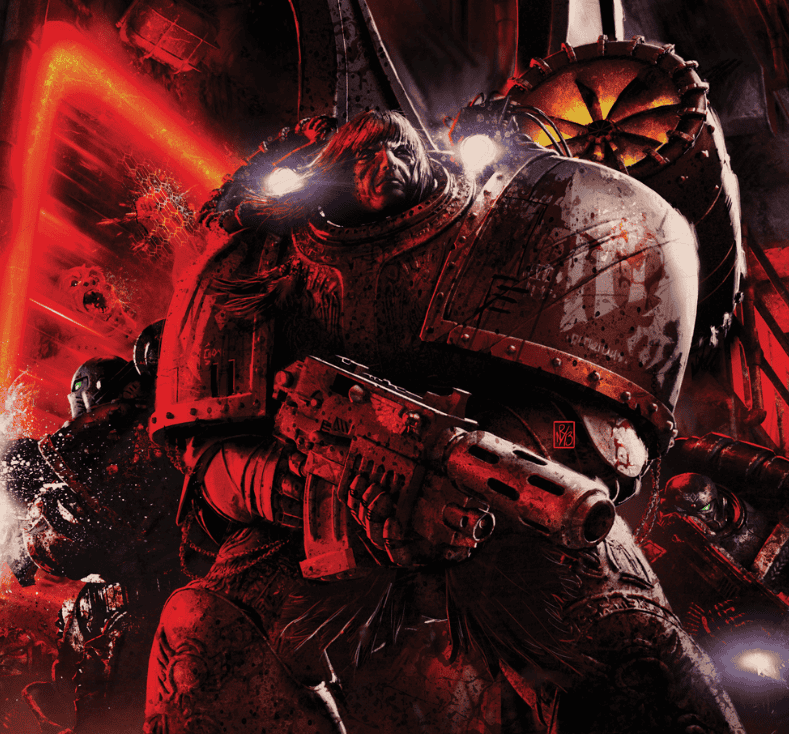
But where did they come from? And how did they earn their reputation as the ultimate stealth specialists in Warhammer 40K? Let’s talk about their history, from their Primarch to their role in shaping the Imperium.
The Founding and Their Elusive Primarch
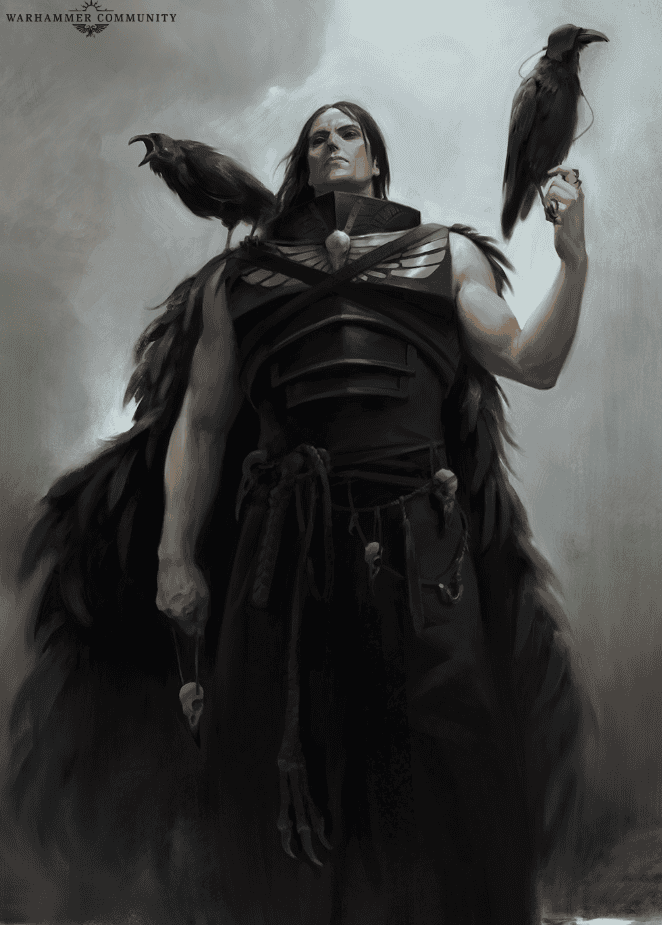
Unlike some other Primarchs who enjoyed massive frontal assaults (looking at you, Angron), Corax favored hit-and-run tactics. This philosophy became the core of 40K Raven Guard doctrine—strike hard, disappear, and leave the enemy wondering what just happened.
Contributions During the Great Crusade
During the Great Crusade, the Raven Guard Warhammer 40K forces were deployed to bring compliance to distant worlds. Unlike some Legions that relied on sheer numbers, Corax’s forces specialized in eliminating key targets before the main fight even started. If you needed a planetary governor “removed” before negotiations, the Warhammer 40K Raven Guard were your best bet.
The Raven Guard symbol, a black raven on a white background, quickly became synonymous with precision strikes and rapid assaults. This was a Legion that didn’t waste resources on prolonged sieges—they ended wars before they could truly begin.
Betrayal During the Horus Heresy
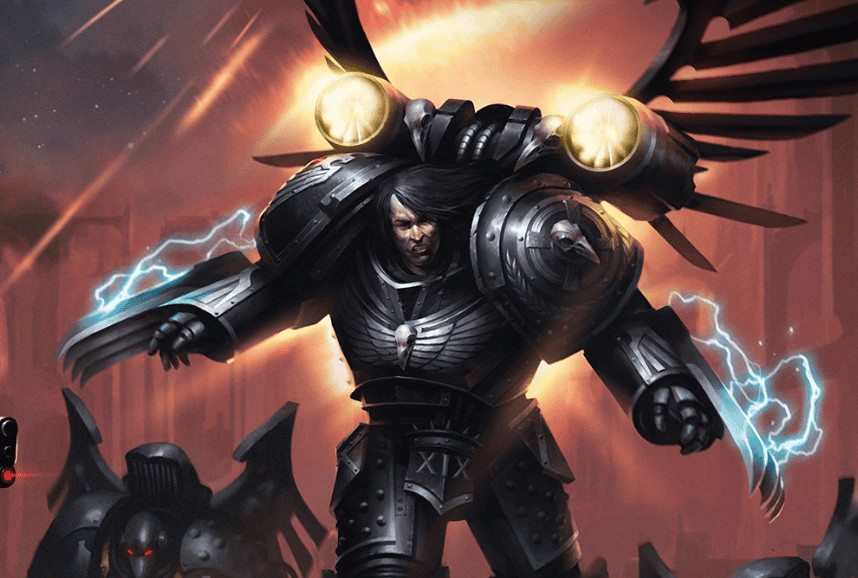
Corax barely escaped with a handful of survivors. With the Legion nearly wiped out, the Raven Guard turned to extreme measures, using forbidden technology to rebuild their forces. The results? Some successes and some horrifying failures.
Despite the devastation, the Raven Guard in 40k remained relentless. They took their shattered forces and waged a brutal shadow war against the traitors. While other Legions engaged in grand battles, the 40K Raven Guard struck from the darkness, sabotaging supply lines and assassinating key leaders.
Survival and Legacy
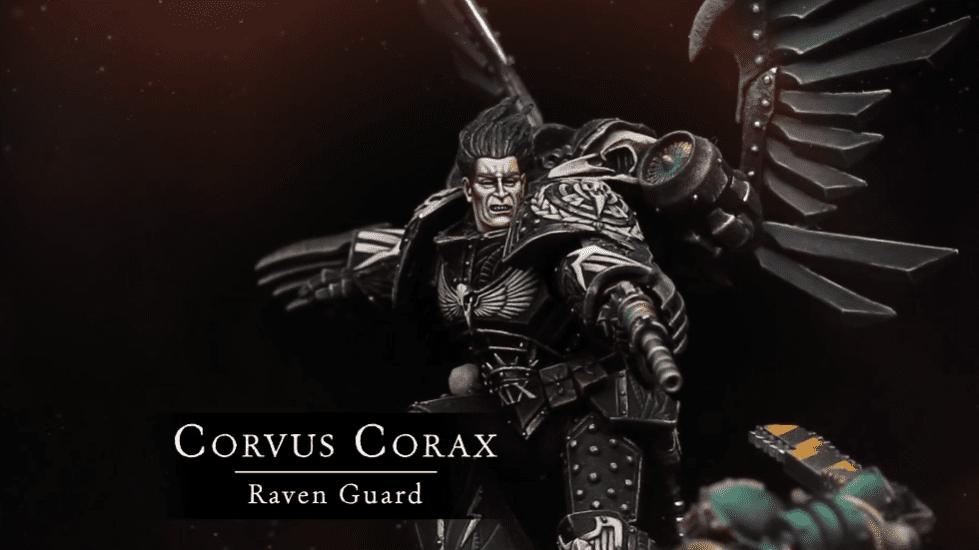
From Raven Guard terminators to infiltration squads, every aspect of their combat doctrine is built around subterfuge. Whether you’re collecting Raven Guard miniatures or just love 40K Raven Guard memes, one thing is clear—this Legion plays the long game, and they play it well.
Raven Guard: Masters of Stealth in Warhammer 40K
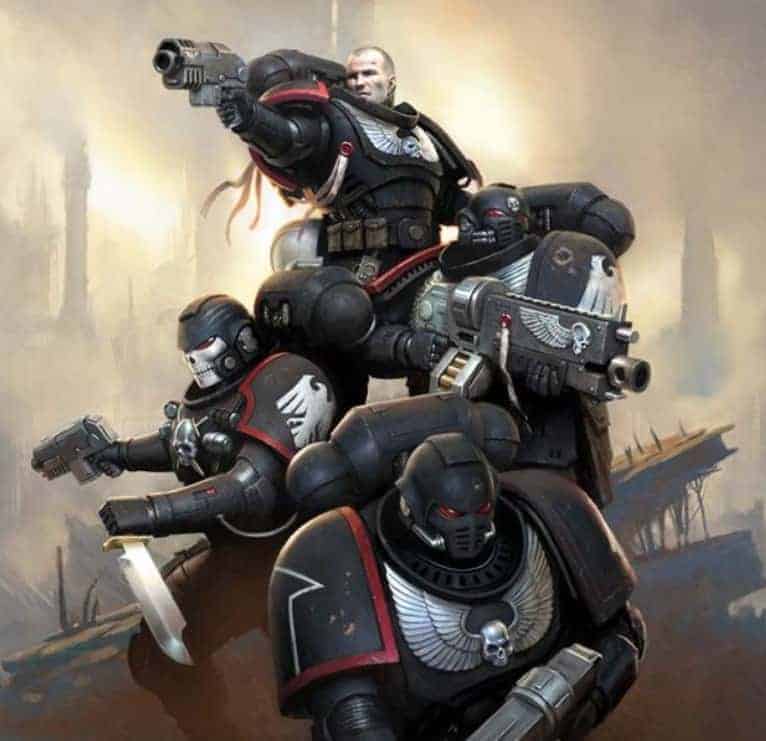
This isn’t just about sneaky movement—it’s an entire philosophy that shapes their combat doctrine. Let’s get into what makes the Raven Guard 40K one of the most unique factions in the Imperium.
Stealth and Ambush: Strike First, Strike Smart
Charging headfirst into battle? That’s a strategy for the dead. The Warhammer 40K Raven Guard doesn’t believe in fair fights. Their entire approach is built around eliminating threats before they even know what’s coming.
Instead of forming massive battle lines, the 40K Raven Guard rely on small, highly trained squads that operate independently. These units use infiltration, sabotage, and surgical strikes to cripple enemy forces before an all-out engagement even begins. A well-executed ambush means the enemy is fighting at half-strength before the real battle even starts.
It’s no surprise that many players running Raven Guard Space Marines in the game favor Vanguard Veterans, Phobos-armored units, and anything that can deploy ahead of the main force. Getting into position before the enemy reacts is key to playing the way Corax intended.
Utilizing Shadows in Warfare
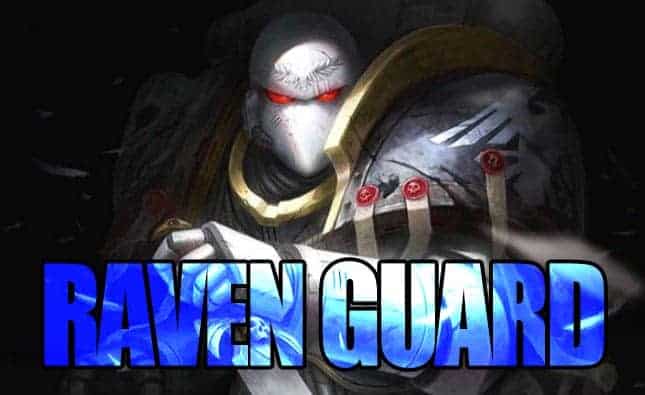
Corax, the Raven Guard Primarch, shaped his Legion into the Imperium’s deadliest covert operatives. Speed and silence dictate their movements, and every strike is designed to cripple key enemy assets. If a commander suddenly disappears or a power supply detonates at the worst possible moment, it’s probably the Raven Guard Warhammer 40K at work.
Even their wargear reflects this approach. The Raven Guard upgrade sprue adds elements like beakie helmets and reinforced jump packs, making their Raven Guard miniatures look as fast and deadly as they play on the tabletop. The Raven Guard symbol, a sleek black raven, embodies their preference for speed and precision over brute force.
How They Compare to Other Space Marine Chapters
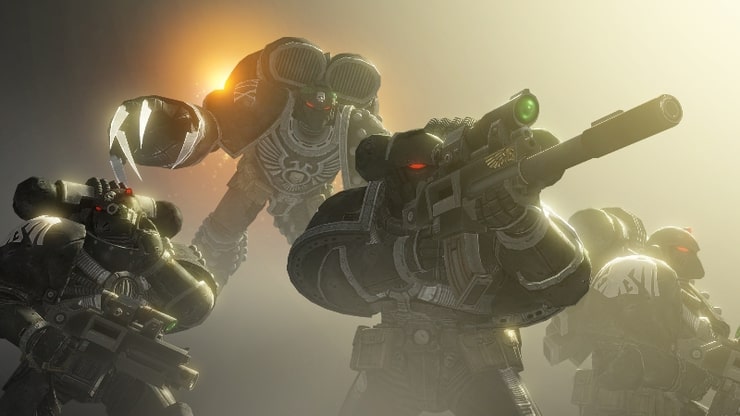
The Ultramarines love their flawless formations. The Imperial Fists dig in and dare anyone to break their walls. The Blood Angels fly into a blood-fueled rage and start tearing things apart with chainswords. The Raven Guard successors and their parent Legion, on the other hand, rely on intelligence and strategic eliminations.
While other Space Marines stand in the spotlight, the Raven Guard Warhammer prefer to work from the shadows. And considering how long they’ve been pulling off impossible victories, it’s hard to argue with the results.
Raven Guard in the Current 40K Era
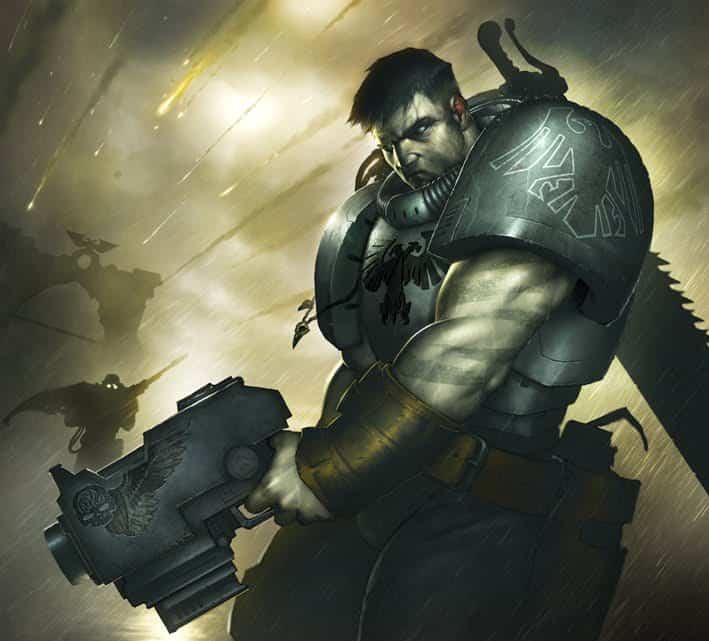
In the current state of Warhammer 40K Raven Guard operations, they’ve adapted their legendary tactics to match an Imperium that’s constantly under siege. With the Great Rift splitting reality in two and threats coming from all sides, the Imperium needs warriors who can strike fast, hard, and without mercy.
While other Space Marine Chapters hold the line, the Raven Guard 40K take the fight directly to the enemy’s throat. Their stealth-based warfare has proven essential against the forces of Chaos, the Necron resurgence, and the ever-growing Tyranid menace.
Recent Developments and Campaigns
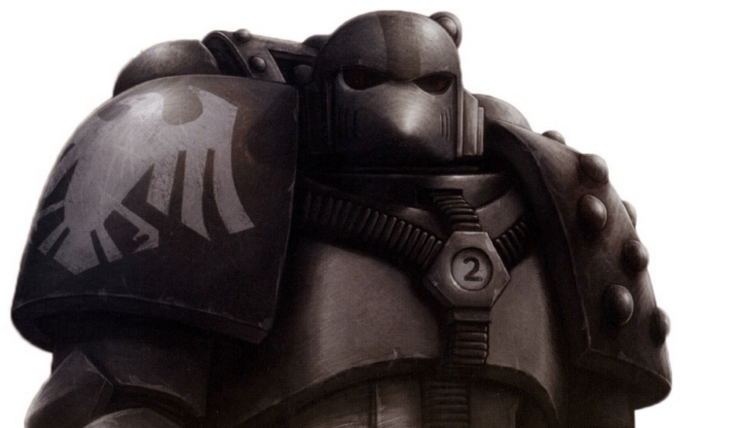
One of their more significant campaigns involved the battle for the Nemendghast system, where they launched precision strikes against Chaos forces before vanishing into the void. While other factions clashed in all-out war, the Raven Guard Space Marines removed key enemy leaders, sabotaged supply lines, and turned the tide without ever engaging in open warfare.
The Chapter has also been instrumental in combating Necron awakenings, using their infiltration tactics to destroy critical infrastructure before the ancient war machines fully reactivate. Unlike Chapters that throw themselves at Necron legions in direct combat, the Raven Guard Warhammer neutralize threats before they become overwhelming.
Interactions with Other Factions
Working with allies has never been the 40K Raven Guard’s strong suit. They’re used to operating in isolation, which can make dealing with more traditional Chapters difficult. The Ultramarines, in particular, struggle to understand why the Space Marine Raven Guard refuse to engage in glorious open combat.
On the other hand, their methods make them highly effective when coordinating with Imperial Assassins, Inquisitors, and even certain Aeldari forces. The Raven Guard successors follow similar paths, with many of them adopting hybrid tactics that blend into different war zones.
That being said, some factions outright despise them. The Orks see them as cowards who refuse to give a good fight. The Night Lords—who thrive on fear—find it infuriating when their usual terror tactics don’t work. The Alpha Legion? That’s a whole different story. The constant battle of deception between the two forces has become a galaxy-wide game of cat and mouse.
Notable Battles
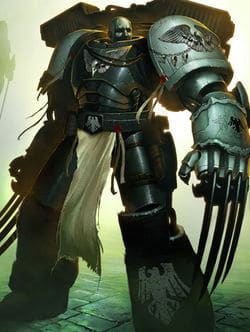
Another legendary operation involved a strike against the Death Guard, where the Raven Guard Terminators deployed behind enemy lines, sabotaging their entire supply chain before slipping away unnoticed. Unlike many battles against the Death Guard—where attrition is the enemy’s greatest strength—the Raven Guard turned it into a weakness.
From the battlefields of Cadia to covert operations against rising threats, the Warhammer Raven Guard continue to prove that war isn’t always about brute force. Sometimes, the deadliest warrior is the one you never saw coming.
The Culture of the Raven Guard: Shadows, Symbols, and Tradition
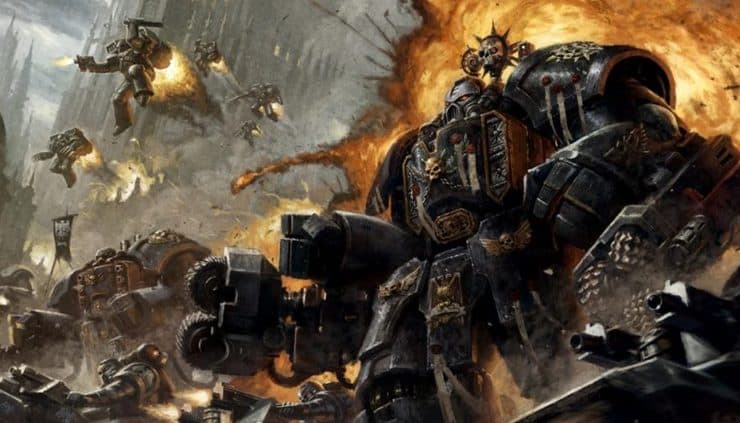
This approach isn’t just seen in battle—it’s woven into their symbols, traditions, and even the way their warriors present themselves.
Raven Guard Heraldry and Symbolism
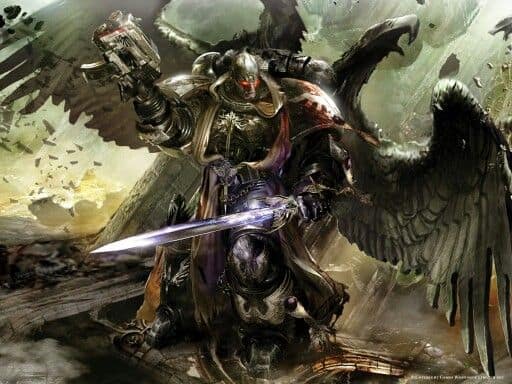
The black armor represents the shadows they fight from, while the white contrasts as a nod to their duty to the Emperor. The occasional blood-red talon appears in certain Raven Guard heraldry, symbolizing their swift and deadly strikes.
While many Raven Guard successor chapters retain similar themes, some tweak the look slightly. The Raptors favor a more muted greenish-black scheme, while the Black Guard incorporate more red. Regardless of these variations, the essence remains the same—subtle, tactical, and designed to keep them invisible until the moment of attack.
Art and Miniatures: Bringing the Raven Guard to Life
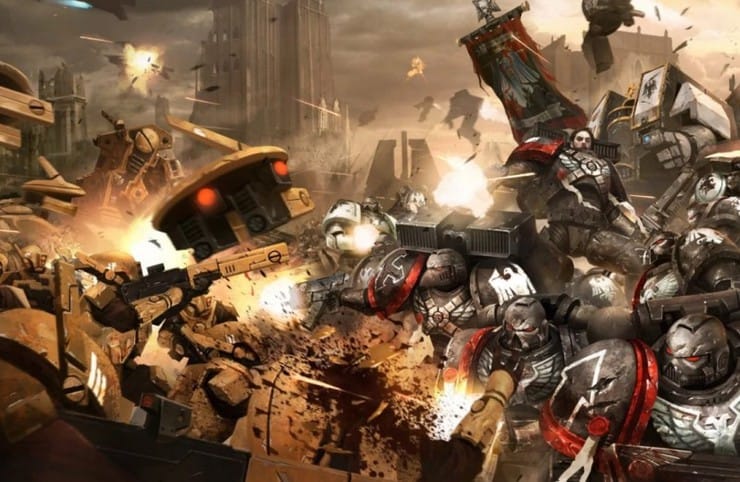
Many players lean into the covert-ops theme, kitbashing their miniatures with elements from Reivers, Eliminators, and other Vanguard units. The result? A force that looks as deadly as it plays.
Raven Guard art often portrays warriors emerging from the darkness, striking at an enemy before vanishing into the void. Unlike some other Chapters that depict grand last stands or heroic charges, the Warhammer Raven Guard are shown mid-action, cutting down targets in the middle of precision strikes.
Even in the community, 40K Raven Guard memes poke fun at their tactics—often comparing them to ninjas, assassins, or just straight-up Batman. The jokes might be exaggerated, but they’re not far from the truth.
Traditions and Rituals Among the Chapter

One of their most respected traditions is the silent vigil, where a warrior stands watch over fallen battle-brothers without speaking a word. No prayers, no speeches—just a quiet promise to continue the mission.
Another important ritual is the selection of recruits. The successors carry on Corax’s philosophy of choosing warriors based on intelligence and adaptability rather than brute strength. Those who survive the grueling training don’t just become soldiers; they become shadows of the Imperium, moving unseen but leaving destruction in their wake.
The Raven Guard: Silent, Deadly, and Always Watching

Their tactics have remained effective despite the chaotic state of the Imperium. The Warhammer 40K Raven Guard continues to operate in secrecy, using infiltration, sabotage, and precision strikes to weaken the enemies of mankind. They may not get the same recognition as their more bombastic brothers, but they don’t need it. Their success speaks for itself.
FAQs

Yes, the Raven Guard Warhammer 40K Chapter is very much alive and still operating. Despite their heavy losses during the Horus Heresy, they have rebuilt and adapted to modern warfare. They remain a vital force within the Imperium, specializing in stealth and assassination tactics that no other Chapter can match.
Are Raven Guards loyal?
Absolutely. The Raven Guard Space Marines have remained fiercely loyal to the Emperor and the Imperium. Despite suffering betrayal during the Horus Heresy and enduring hardship throughout history, they have never wavered. They may not operate like traditional Space Marines, but their loyalty is unquestionable.
What culture is the Raven Guard?
The Warhammer Raven Guard have a culture built around secrecy, strategy, and precision. Unlike other Chapters that thrive on ceremony and martial traditions, they focus on efficiency. Honor is found in success, not in how loudly they proclaim their victories. Their recruits are chosen for intelligence and adaptability rather than brute strength, which further shapes their unique approach to warfare.
Are Raven Guard traitors?
No. Despite their unconventional methods, the 40K Raven Guard are loyalists. Some might mistake their secrecy and independent nature for disloyalty, but they have never turned against the Imperium. If anything, they distrust other factions more than most, preferring to operate on their own terms rather than rely on outside forces.
Final Thoughts

From their shadowy operations to their striking Raven Guard heraldry, everything about them is built around silent efficiency. Whether it’s the iconic Raven Guard symbol, their distinct Raven Guard miniatures, or their history of striking from the darkness, this Chapter has cemented its legacy as the Imperium’s deadliest unseen force.
Learn to Play Space Marines Here!
Why do you think about the Raven Guard in Warhammer 40k? Will you be painting and playing them on the tabletop?

